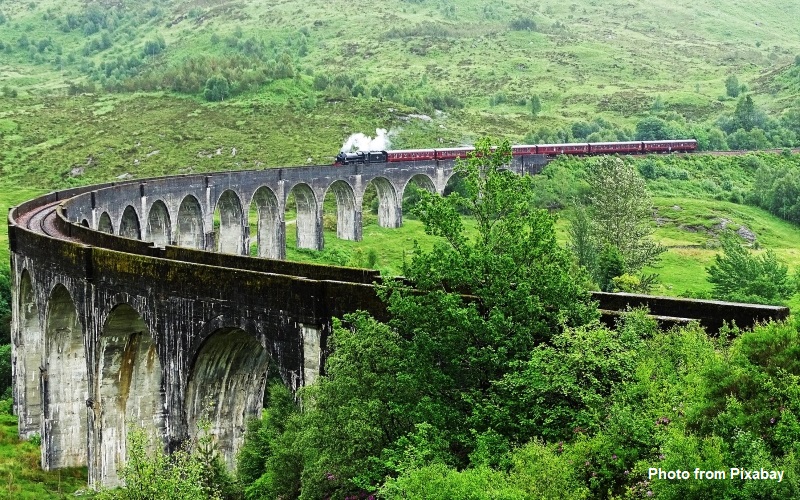Inverness
Although it is the most northerly of Scotland’s ‘cities’ Inverness isn’t hard to reach. With the four major roads which span the Scottish Highlands converging on the city, its own airport and a railway station and bus station, both of which are travel hubs for the east coast of Scotland, Inverness is well located as a great starting (or finishing) point for any trip to the Highlands.
But the city shouldn’t be regarded as a mere waypoint on a greater journey. It has much to offer those who may wish to linger awhile and explore what Inverness and the surrounding area has to offer. There is a great selection of hotels, B&Bs and guest houses both within the city and nearby so finding suitable accommodation shouldn’t be a problem.
River Ness
The River Ness runs through the middle of the city and the numerous hotels and cafes on its banks and the attractive bridges across the river give both wonderful views and the opportunity for visitors to simply sit and people watch as the world goes by as well as sample what culinary delights the city has to offer.
Inverness is the cultural heart of the Highlands with museums and art galleries dedicated to local history and culture. Various guided tours of the city are available pointing out places of interest and giving an insight into the history of the area – fairies, slaves and rebellion feature large!
Victorian Market
For dedicated shoppers Inverness has a Victorian Market and a large, modern shopping centre as well as numerous small shops selling all kinds of items from souvenirs to kilts and other tartan clothing. If you search diligently you may even be able to purchase a haggis!
Inverness is also associated with that iconic piece of clothing, said to have been worn by Sherlock Holmes – the Inverness Cape. This is a sleeveless coat, with an over cape. Many bands, including pipe bands and those with accordion players use the Inverness Cape as part of their uniform, as it gives good access to their musical instruments, unlike coats with sleeves that can be restrictive. Coachmen, who drove horses and carriages, also used to be clothed in an Inverness Cape for the freedom it provided to control and handle the horses.
 Inverness Cathedral
Inverness Cathedral
Inverness Cathedral, dedicated to St Andrew, has an important place in Scottish religious history and is currently the seat of the Primus of the Scottish Episcopal Church. It is a magnificent building and well worth a visit. Inverness Castle is a wonderful sight from across the river towering, as it does, over the city and the river and is another place not to be missed.
Caledonian Canal
For those of a nautical bent Inverness lies at one end of the Caledonian Canal, that 60-mile-long diagonal slash through Scotland which offers an interesting opportunity to sail peacefully from one side of Scotland to the other. Several companies hire motor cruisers on the canal and it is possible to cruise from Inverness to Fort William passing through some magnificent scenery along the way. As you traverse Loch Ness, look out for the Loch Ness monster!
Dolphins Cetaceans and Porpoises
Dolphin watching trips out in the Moray Firth can be taken where a resident pod of bottlenose dolphins can often be seen frolicking in the waves. Other cetaceans can also be spotted including harbour porpoises and even, occasionally, minke whales. If your sea legs aren’t the best then stay on shore and go to Chanonry Point – the best of several places on the Moray Firth from where these creatures can be seen.
NC500
The city is also the starting point for the NC500, that 500-mile long road trip which takes you up the east coast, along the north coast and down the west coast of Scotland returning to Inverness by a cross-country route cutting through some magnificent scenery on its way.
Only a couple of miles from Inverness you may be interested in visiting what is one of Scotland’s most iconic historical sites.  The Battle of Culloden in 1746 was the last pitched battle fought on British soil and resulted in the defeat by an English army of the rebellious Jacobite forces under the command of ‘Bonnie Prince Charlie’. The site of the battle is preserved as much as possible with a visitors’ centre including a 360-degree theatre which puts you right in the middle of the battle and a museum which displays artifacts which have been recovered from the battlefield.
The Battle of Culloden in 1746 was the last pitched battle fought on British soil and resulted in the defeat by an English army of the rebellious Jacobite forces under the command of ‘Bonnie Prince Charlie’. The site of the battle is preserved as much as possible with a visitors’ centre including a 360-degree theatre which puts you right in the middle of the battle and a museum which displays artifacts which have been recovered from the battlefield.
Inverness Castle
Inverness also has a castle, which acted as a place of corrections for many years, after being rebuilt in the nineteenth century on what was originally a defensive site, overlooking the River Ness. Inverness castle is no longer the site of the Sheriff court but the grounds and North Tower are open to visitors, with a wide view of the River Ness and many historical artifacts. When acting as a defensive site, it was associated with Mary Queen of Scots, though was later blown up by Bonnie Prince Charlie, as it was taken over by a clan who supported the English forces.
No matter what you decide Inverness will make you welcome. By the way, Inverness is said to be the place in the British Isles where the clearest English is spoken!
More On Inverness
THINGS TO DO AND MAPS Of Inverness






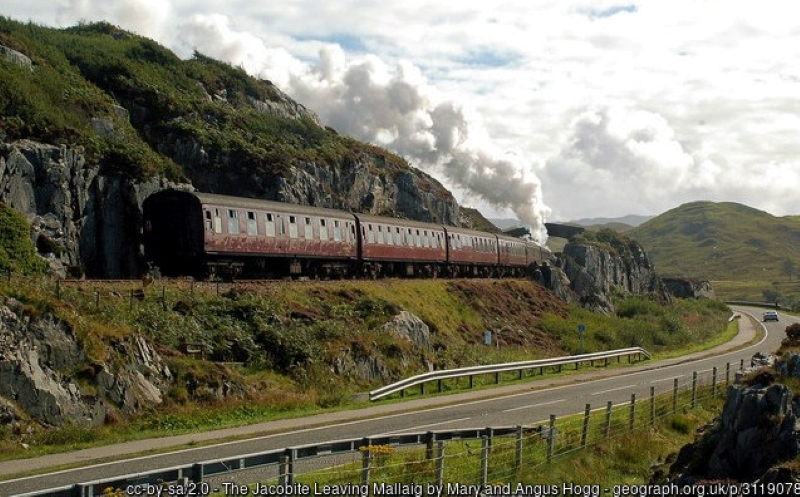 The West Coast Railways
The West Coast Railways 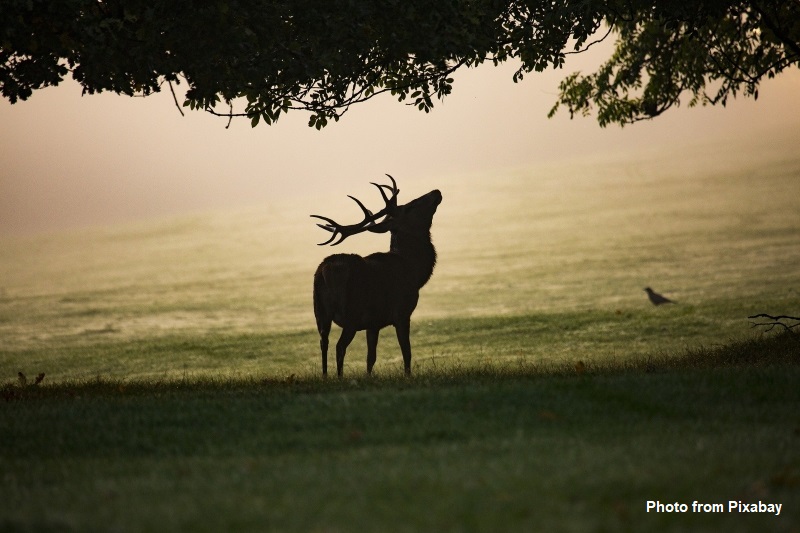
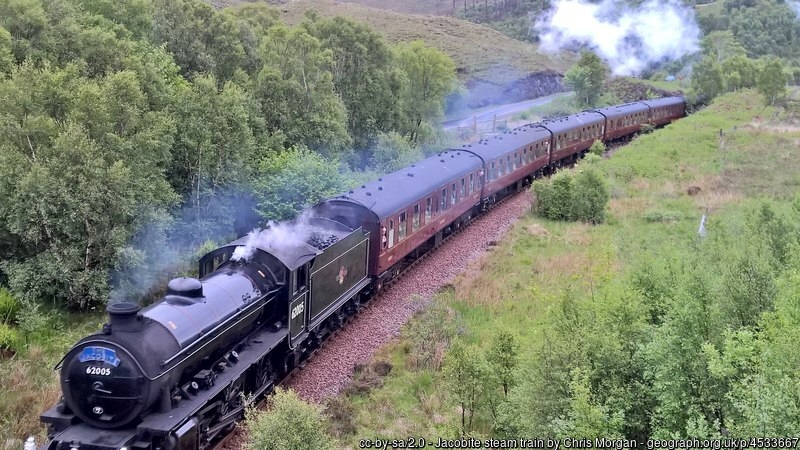
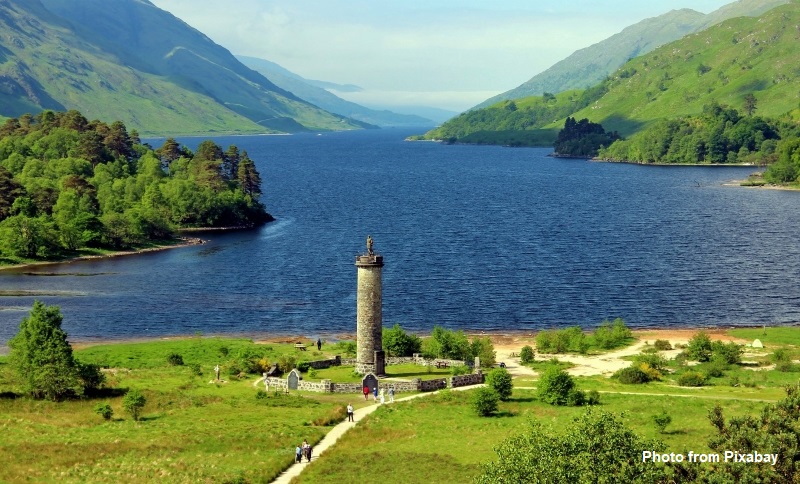 commemorating the spot where Bonnie Prince Charlie raised his standard to begin the ‘45 rebellion and passes over the imposing 21-arch Glenfinnan Viaduct (which any ‘’Harry Potter’’ fan will instantly recognise) and on to the small hamlet of Lochailort where commandos were trained during WW2.
commemorating the spot where Bonnie Prince Charlie raised his standard to begin the ‘45 rebellion and passes over the imposing 21-arch Glenfinnan Viaduct (which any ‘’Harry Potter’’ fan will instantly recognise) and on to the small hamlet of Lochailort where commandos were trained during WW2.